Home>Articles>How To Choose The Right Extension Ladder For Your Needs
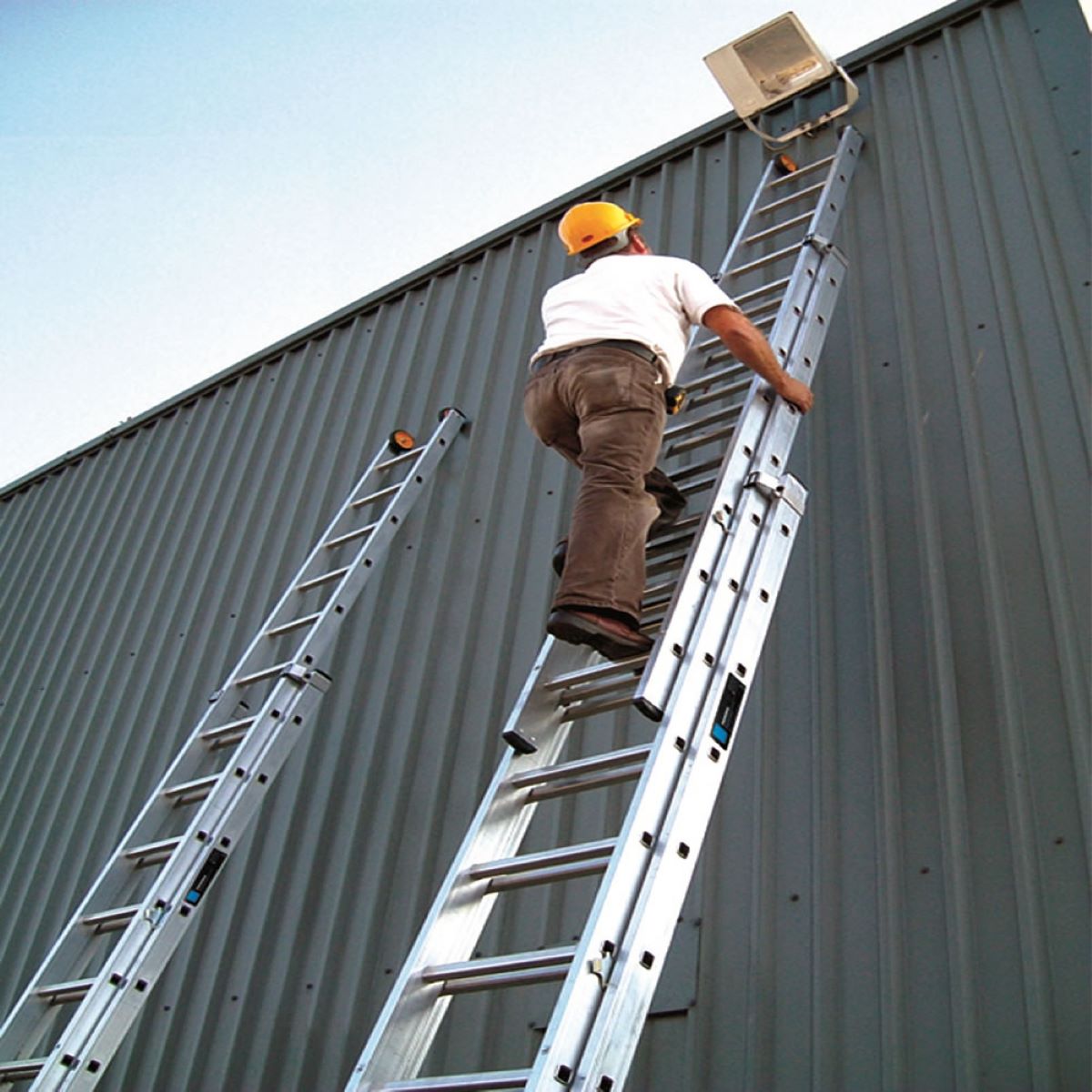

Articles
How To Choose The Right Extension Ladder For Your Needs
Modified: January 21, 2024
Looking for articles on what size extension ladder to choose? We've got you covered with expert advice and recommendations to help you make the right decision.
(Many of the links in this article redirect to a specific reviewed product. Your purchase of these products through affiliate links helps to generate commission for Storables.com, at no extra cost. Learn more)
Introduction
When it comes to working at heights, extension ladders are an essential tool for any homeowner, DIY enthusiast, or professional contractor. They provide the necessary reach and stability to safely perform tasks like painting walls, cleaning gutters, or accessing elevated areas. However, choosing the right size extension ladder can be a daunting task, especially with the wide range of options available on the market.
In this article, we will explore the various types of extension ladders, considerations for choosing the right size, and important factors to keep in mind for safety. By the end, you’ll have a clearer understanding of what size extension ladder is best suited for your needs.
Before diving into the details, it’s important to note that extension ladders come in a variety of lengths, typically ranging from 16 to 40 feet. The specific size you need will depend on the height requirements of your tasks and the weight capacity you require.
Now, let’s dive into the different types of extension ladders you can choose from:
Key Takeaways:
- Choose the right size extension ladder by considering height, weight capacity, material, and storage. Prioritize safety with proper setup, maintenance, and adherence to safety precautions.
- Assess your tasks, working environment, and future needs to select the most suitable extension ladder. Prioritize safety, stability, and convenience for elevated tasks.
Types of Extension Ladders
Extension ladders are primarily categorized based on the material they are made from, as well as their design and functionality. Understanding the different types will help you determine which one is best suited for your specific needs. Here are the most common types of extension ladders:
- Aluminum Extension Ladders: Aluminum ladders are lightweight, durable, and rust-resistant. They are popular among homeowners and professionals alike due to their affordability and versatility. Aluminum extension ladders are relatively easy to maneuver and transport, making them a convenient option for a wide range of tasks.
- Fiberglass Extension Ladders: Fiberglass ladders are known for their exceptional strength and durability. They don’t conduct electricity, which makes them a preferred choice for working near power lines or electrical installations. Fiberglass extension ladders are also resistant to weather elements and chemicals, making them suitable for outdoor use.
- Telescoping Extension Ladders: Telescoping ladders are designed to be compact and portable. They consist of overlapping sections that can be extended or retracted, allowing for easy adjustment to various heights. These ladders are ideal for those who require frequent height changes or have limited storage space.
- Multipurpose Extension Ladders: As the name suggests, multipurpose extension ladders offer versatile functionality. They often come with adjustable configurations that allow them to be used as an extension ladder, step ladder, or even scaffolding. These ladders are perfect for users who need a single tool that can adapt to different tasks and work environments.
When choosing the type of extension ladder, consider the specific tasks you’ll be performing, the working environment, and your personal preferences. Additionally, don’t forget to check the weight rating and safety features of the ladder to ensure it can handle your intended use.
Now that we’ve covered the different types of extension ladders, it’s important to understand the considerations for choosing the right size. Let’s explore that next.
Considerations for Choosing the Right Size
Choosing the right size extension ladder is crucial for both safety and practicality. Here are some important factors to consider when determining the appropriate size:
- Height and Reach Requirements: Start by assessing the maximum height you need to reach for your tasks. Measure from the ground to the highest point you’ll be working on. Remember to account for any additional height needed to safely step off the ladder. Consider factors such as the slope of the ground and the angle at which you’ll be leaning the ladder.
- Working Overreach: It’s important not to overreach while using a ladder, as it can compromise your stability and increase the risk of falling. The maximum safe reaching distance is typically about 4 feet above the ladder’s height. Take this into account when determining the appropriate ladder size.
- Weight Capacity: Each ladder has a maximum weight capacity that it can safely support. Ensure that the ladder you choose can handle your body weight along with the weight of any tools or equipment you’ll be carrying. It’s always better to choose a ladder with a higher weight capacity than what you actually need to ensure utmost safety.
- Space Limitations: Consider the available space at your worksite and the room required for setting up and climbing the ladder. If you have limited space, a telescoping or multipurpose ladder may be a more practical choice as they can be adjusted to different heights and may require less space for storage.
- Usage Frequency and Versatility: Think about how often you’ll be using the ladder and the range of tasks it will be required for. If you anticipate frequent use and a variety of tasks, investing in a larger and more versatile ladder may be beneficial.
- Future Needs: Consider any potential future projects or tasks that may require a taller ladder. It’s always better to invest in a ladder that can accommodate your future needs to avoid having to purchase another ladder down the line.
By carefully considering these factors, you can determine the appropriate size ladder that provides the necessary height, reach, and safety for your specific requirements.
Next, let’s discuss the significance of weight capacity when choosing an extension ladder.
Height and Reach Requirements
When considering the appropriate size for your extension ladder, one of the most crucial factors to take into account is the height and reach requirements of your tasks. Knowing the maximum height you need to reach will help you choose a ladder that provides adequate elevation for your work.
Start by measuring the height from the ground to the highest point you’ll be working on. This could be the roof, ceiling, or any other elevated surface that requires access. Ensure you measure accurately, taking into consideration any uneven ground or slopes that might affect the ladder’s positioning.
Once you have the height measurement, remember to account for the additional height needed to safely step off the ladder. This means allowing for a few feet of clearance above the highest point you need to reach.
Keep in mind that it is unsafe to overreach while using a ladder, as it can compromise your balance and stability, increasing the risk of falls. A general rule of thumb is to maintain a maximum safe reaching distance of about 4 feet above the ladder’s height. This will help ensure that you are not stretching or leaning excessively while working.
It’s also important to consider the angle at which you’ll be leaning the ladder against the surface. The proper ladder angle is typically a 75-degree slope, which means the ladder should extend one-fourth of its working length away from the supporting structure. This ensures stability and minimizes the risk of the ladder tipping over.
By carefully assessing your height and reach requirements, you can choose an extension ladder that provides sufficient elevation for your tasks without compromising safety. Remember to factor in any additional height needed for clearance and avoid overreaching to maintain stability while working at heights.
Next, let’s explore the significance of weight capacity when choosing an extension ladder.
Weight Capacity
When selecting an extension ladder, one of the most important considerations is its weight capacity. The weight capacity refers to the maximum weight the ladder can support, including the weight of the user and any tools or equipment being carried.
Exceeding the weight capacity of a ladder can lead to structural failure, instability, and an increased risk of accidents or injuries. It is crucial to choose a ladder that can safely accommodate both your body weight and the weight of any materials or equipment you’ll be carrying while working at heights.
Before purchasing a ladder, take into account your own weight along with the weight of the tools and equipment commonly used in your tasks. Add these weights together to ensure they fall within the ladder’s weight capacity. It is always advisable to choose a ladder with a weight capacity that exceeds your actual needs for an added margin of safety.
Furthermore, if you anticipate working with heavier materials or equipment in the future, it is worth considering a ladder with a higher weight capacity to accommodate these potential requirements.
It’s important to note that exceeding the weight capacity not only compromises the ladder’s stability but also voids any warranties or certification marks. Always adhere to the manufacturer’s guidelines regarding weight limits to maintain optimal safety.
In addition to weight capacity, it is essential to check the ladder’s overall build quality and construction. Look for sturdy materials such as aluminum or fiberglass, as they provide the necessary strength and durability to support heavier loads.
By selecting a ladder with an appropriate weight capacity, you can work confidently knowing that you have chosen a ladder that can safely support you and the equipment you need for your tasks.
Next, let’s explore the significance of the ladder’s material and construction for determining its suitability for different applications.
When choosing an extension ladder, consider the maximum reach height needed, the weight capacity, and the material (aluminum for lightness, fiberglass for electrical work). Always follow the manufacturer’s guidelines for safe use.
Material and Construction
The material and construction of an extension ladder play a crucial role in its strength, durability, and suitability for different applications. Understanding the different materials and their characteristics will help you choose a ladder that meets your specific needs.
The two most common materials used in the construction of extension ladders are aluminum and fiberglass.
Aluminum: Aluminum extension ladders are lightweight, making them easy to transport and maneuver. They are also corrosion-resistant, making them suitable for both indoor and outdoor use. Aluminum ladders are known for their durability and can withstand tough working conditions. They are a popular choice among homeowners and professionals due to their affordability and versatility.
Fiberglass: Fiberglass extension ladders are known for their exceptional strength and durability. They are highly resistant to weather elements, chemicals, and electricity, making them preferable for use in industrial or electrical environments. Fiberglass ladders are heavier than aluminum ones, which adds to their stability and prevents wobbling during use. They are an excellent choice for heavy-duty tasks and areas where there is a risk of electrical exposure.
When choosing the material, consider the specific tasks you’ll be performing and the working environment. If you require a lightweight ladder that is easy to transport, aluminum may be the ideal choice. On the other hand, if you need a ladder that offers superior strength and electrical safety, a fiberglass ladder is the better option.
In terms of construction, inspect the ladder for sturdy components, such as strong rungs and secure locking mechanisms. Look for features like slip-resistant feet and handgrips for added safety and stability. The ladder should also comply with safety standards and certifications, such as those set by ANSI (American National Standards Institute) or OSHA (Occupational Safety and Health Administration).
Taking into consideration the material and construction of the ladder ensures that you choose a reliable and durable tool that can withstand the rigors of your tasks and provide a safe working environment.
Next, let’s explore the importance of storage and portability when selecting an extension ladder.
Storage and Portability
When selecting an extension ladder, it’s essential to consider its storage requirements and overall portability. Proper storage not only helps prolong the ladder’s lifespan but also ensures convenience and ease of use.
Here are some factors to consider regarding storage and portability:
Size and Weight: Consider the size and weight of the ladder when folded or collapsed. This will give you an idea of the space it will occupy when stored. If you have limited storage space, it’s wise to choose a ladder that can be compactly folded or collapsed to save space.
Transportation: If you’ll be moving the ladder frequently from one location to another, choose a ladder that is lightweight and easy to transport. Ladders with features like built-in handles, wheels, or carrying straps can be especially convenient for transportation.
Telescoping Design: Telescoping ladders are known for their compact and portable design. They consist of overlapping sections that can be extended or retracted as needed. This design allows for easy adjustment to various heights and makes them highly portable and space-saving.
Locking Mechanisms: Look for ladders with secure and reliable locking mechanisms that keep the ladder in place when extended and collapse it safely during storage or transportation. This ensures that the ladder remains stable and minimizes the risk of accidents or injuries.
Storage Location: Determine where you plan to store the ladder when not in use. Ensure that the storage location is dry, free from extreme temperatures, and easily accessible. Storing the ladder indoors, such as in a garage or utility room, is usually preferable to protect it from the elements.
Accessories: Some ladders come with additional accessories, such as storage hooks or brackets, that can help keep the ladder organized and off the floor. These accessories can be useful for maximizing storage space and preventing any potential damage to the ladder.
By considering the storage and portability factors, you can choose an extension ladder that fits comfortably within your available space and can be easily transported to different work areas. This ensures convenience, safety, and longevity of your ladder.
Now, let’s delve into important safety precautions and tips when working with an extension ladder.
Safety Precautions and Tips
Working with an extension ladder requires proper care and adherence to safety precautions to prevent accidents and injuries. Here are some essential safety tips to keep in mind when using an extension ladder:
- Inspect the ladder: Before each use, inspect the ladder for any signs of damage, such as cracks, loose rungs, or bent components. Ensure that all locks, hinges, and spreader bars are functioning properly.
- Set up on stable ground: Place the ladder on a firm, level surface. Avoid setting it up on uneven or slippery ground. Use ladder stabilizers or rubber pads on the feet to improve stability.
- Proper ladder angle: The ladder should be set at a 75-degree angle, where the base is one-fourth of the working length away from the supporting structure. This ensures stability and prevents the ladder from tipping over.
- Three-point contact: Maintain three points of contact with the ladder at all times – two hands and one foot or two feet and one hand. Avoid carrying tools or materials in your hands while climbing.
- One person at a time: Only one person should be on the ladder at a time. Do not exceed the ladder’s weight capacity or attempt to carry heavy loads that can throw off your balance.
- Never overreach: Avoid leaning too far or overreaching while on the ladder. This can cause the ladder to tip or lose balance. Instead, reposition the ladder as needed to maintain a stable and safe working position.
- Secure the ladder: Ensure the ladder is properly secured before climbing by engaging all locks, spreader bars, or other safety mechanisms. Double-check that the ladder is stable before starting any work.
- Avoid electrical hazards: If you are working near power lines or electrical sources, choose a fiberglass ladder to minimize the risk of electric shock. Keep the ladder at a safe distance from any live electrical components.
- Use personal protective equipment (PPE): Wear appropriate PPE, such as a hard hat, safety goggles, and non-slip footwear, to protect yourself from potential hazards or falling debris.
- Follow manufacturer guidelines: Read and follow the manufacturer’s instructions and guidelines for safe ladder use. Pay attention to any weight restrictions, height limitations, or specific warnings provided by the manufacturer.
Remember, safety should always be the top priority when working with an extension ladder. By following these precautions and tips, you can minimize the risk of accidents and ensure a safe working environment.
Now, let’s conclude our discussion on choosing the right size extension ladder.
Conclusion
Choosing the right size extension ladder is crucial for the success and safety of your elevated tasks. By considering factors such as height and reach requirements, weight capacity, material and construction, storage and portability, and safety precautions, you can make an informed decision that aligns with your specific needs.
Start by accurately assessing the maximum height you need to reach and factor in any additional clearance or working angle requirements. Consider the weight capacity of the ladder to ensure it can safely support you and any equipment or materials you’ll be carrying.
Next, think about the material and construction of the ladder. Choose a ladder made from aluminum or fiberglass, depending on your working environment and specific tasks. Consider the storage and portability of the ladder, especially if you have limited space or anticipate frequent transportation.
Remember to always prioritize safety when working with an extension ladder. Follow proper setup procedures, maintain three-point contact, avoid overreaching, and use personal protective equipment. Regularly inspect the ladder for any signs of damage and follow the manufacturer’s guidelines for safe ladder use.
By taking into account these considerations and following safety practices, you can select a suitable extension ladder that provides the necessary height, stability, and safety for your work.
Now that you have a comprehensive understanding of how to choose the right size extension ladder, you can confidently embark on your tasks at heights with the proper equipment. Stay safe, be mindful of your surroundings, and always prioritize your well-being when working at elevated heights.
Frequently Asked Questions about How To Choose The Right Extension Ladder For Your Needs
Was this page helpful?
At Storables.com, we guarantee accurate and reliable information. Our content, validated by Expert Board Contributors, is crafted following stringent Editorial Policies. We're committed to providing you with well-researched, expert-backed insights for all your informational needs.
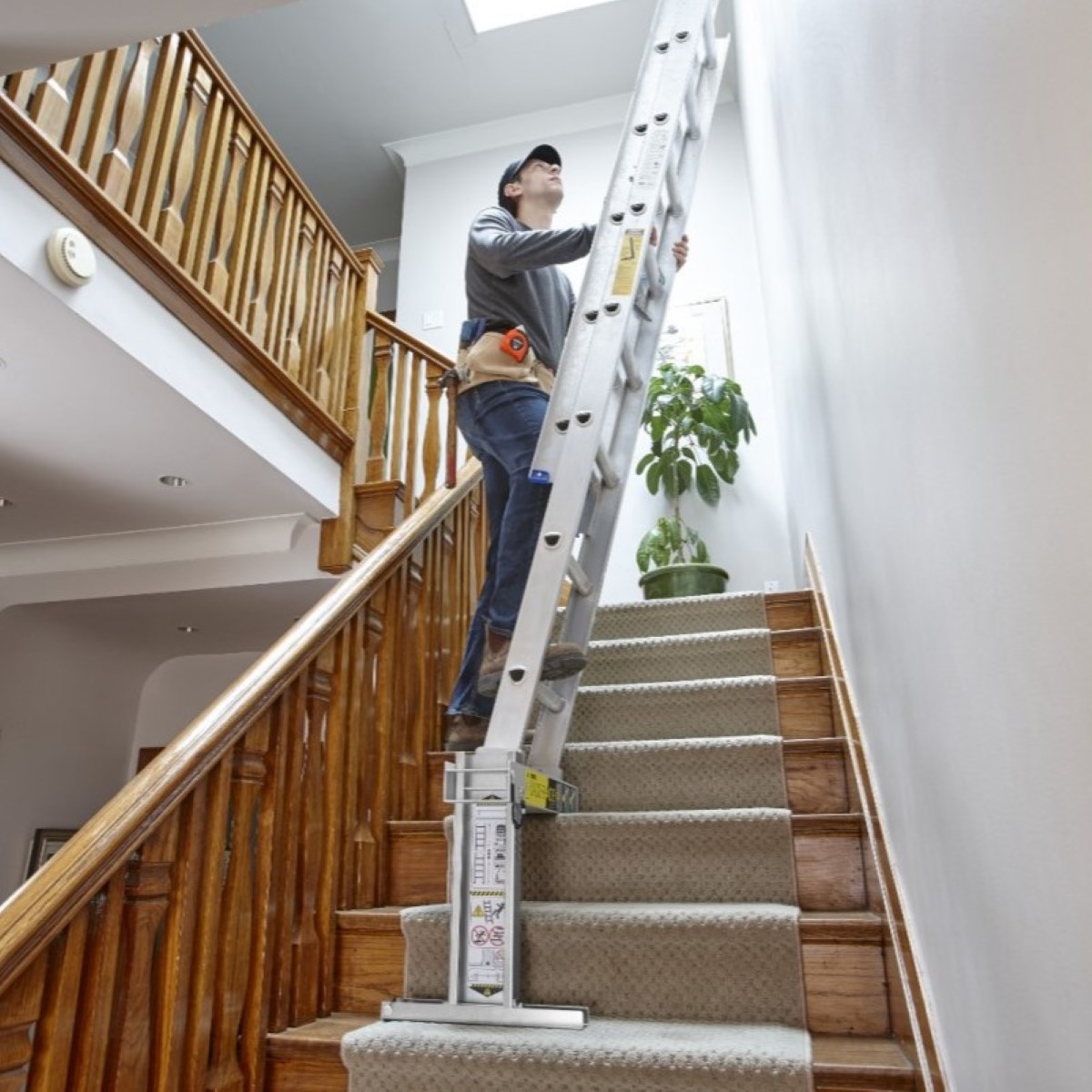



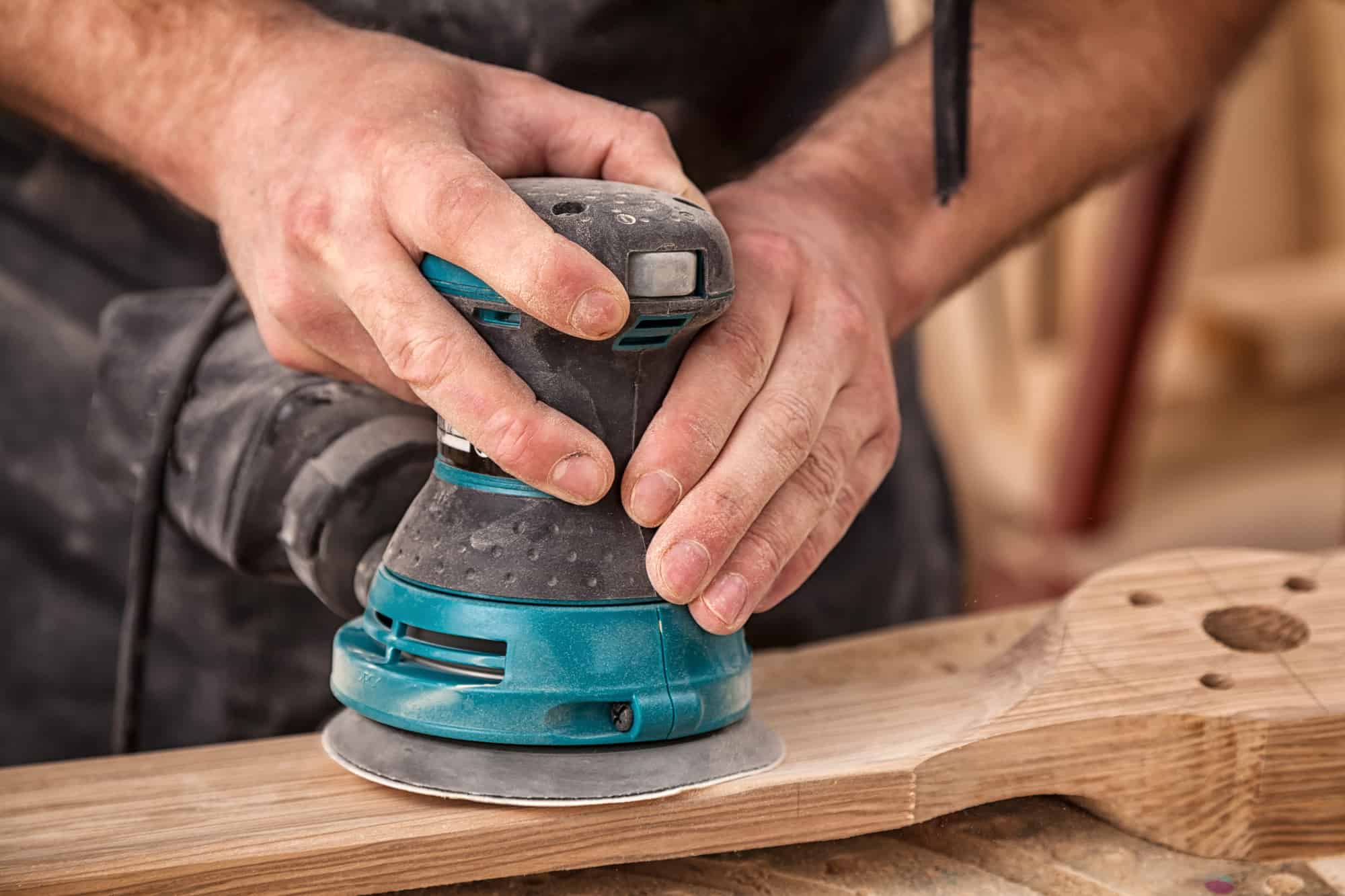

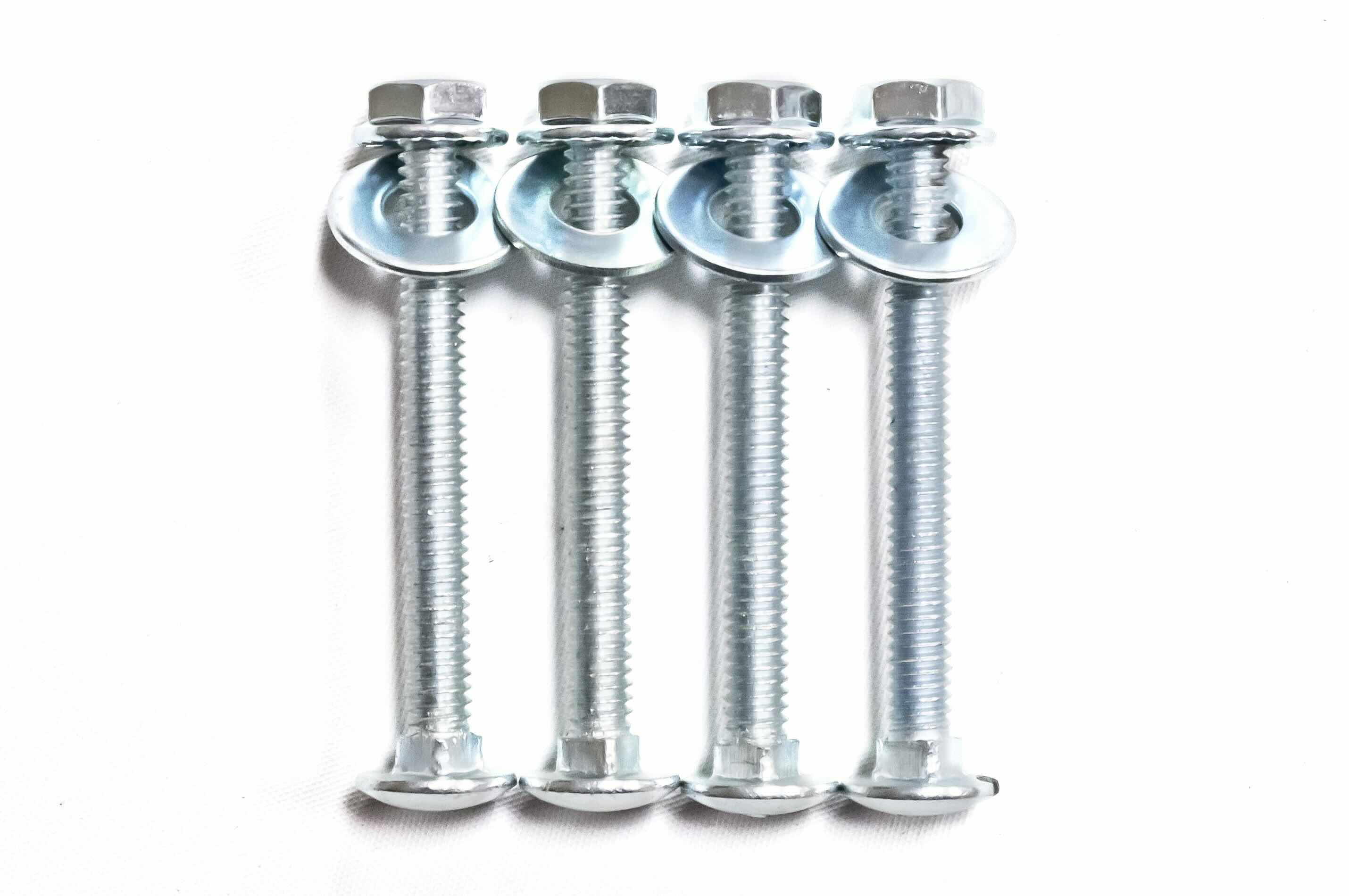

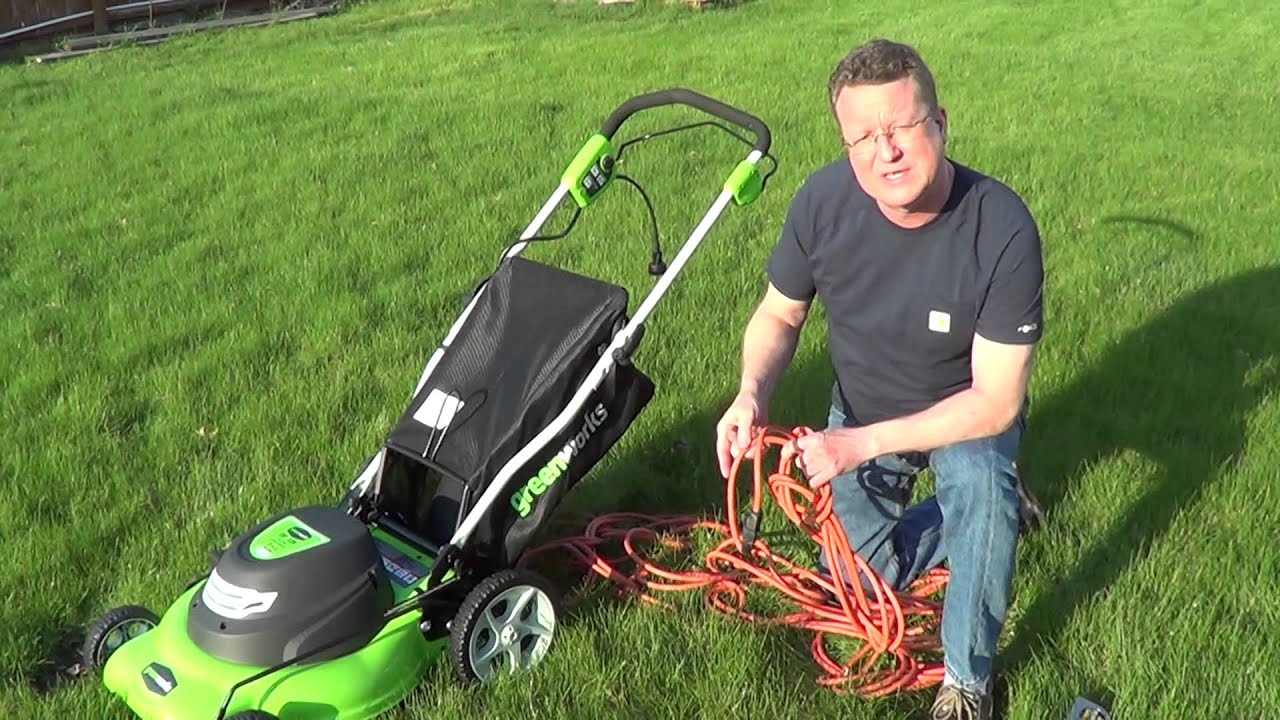



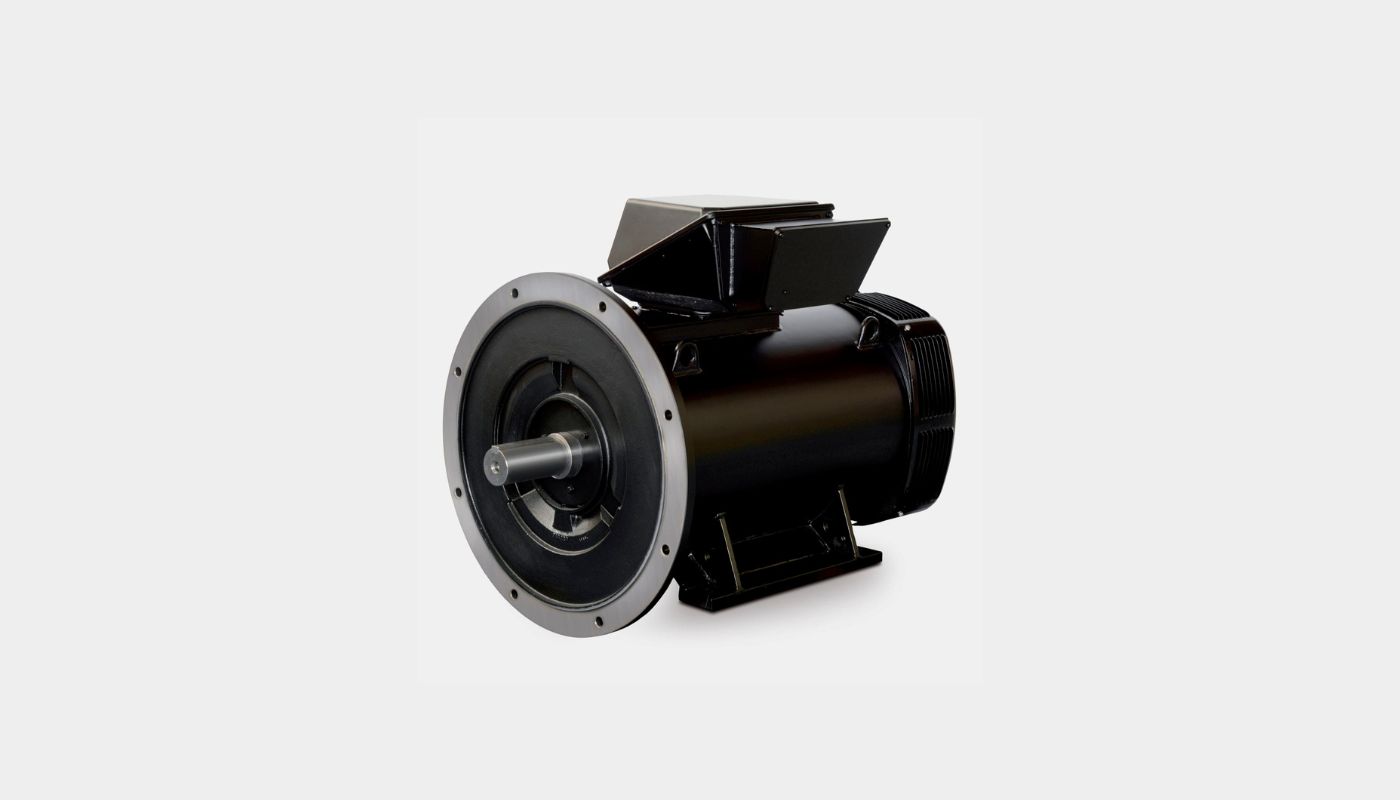


0 thoughts on “How To Choose The Right Extension Ladder For Your Needs”